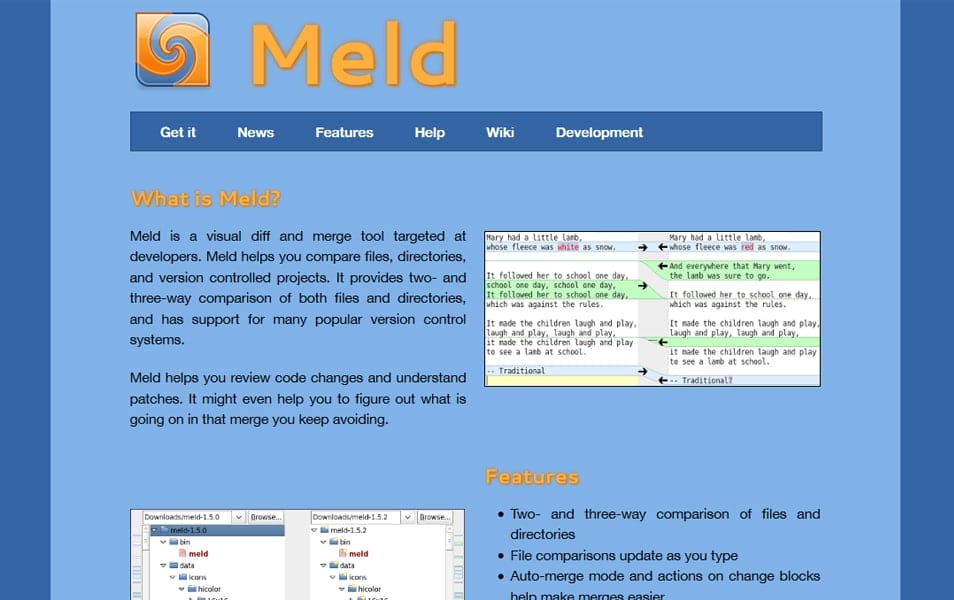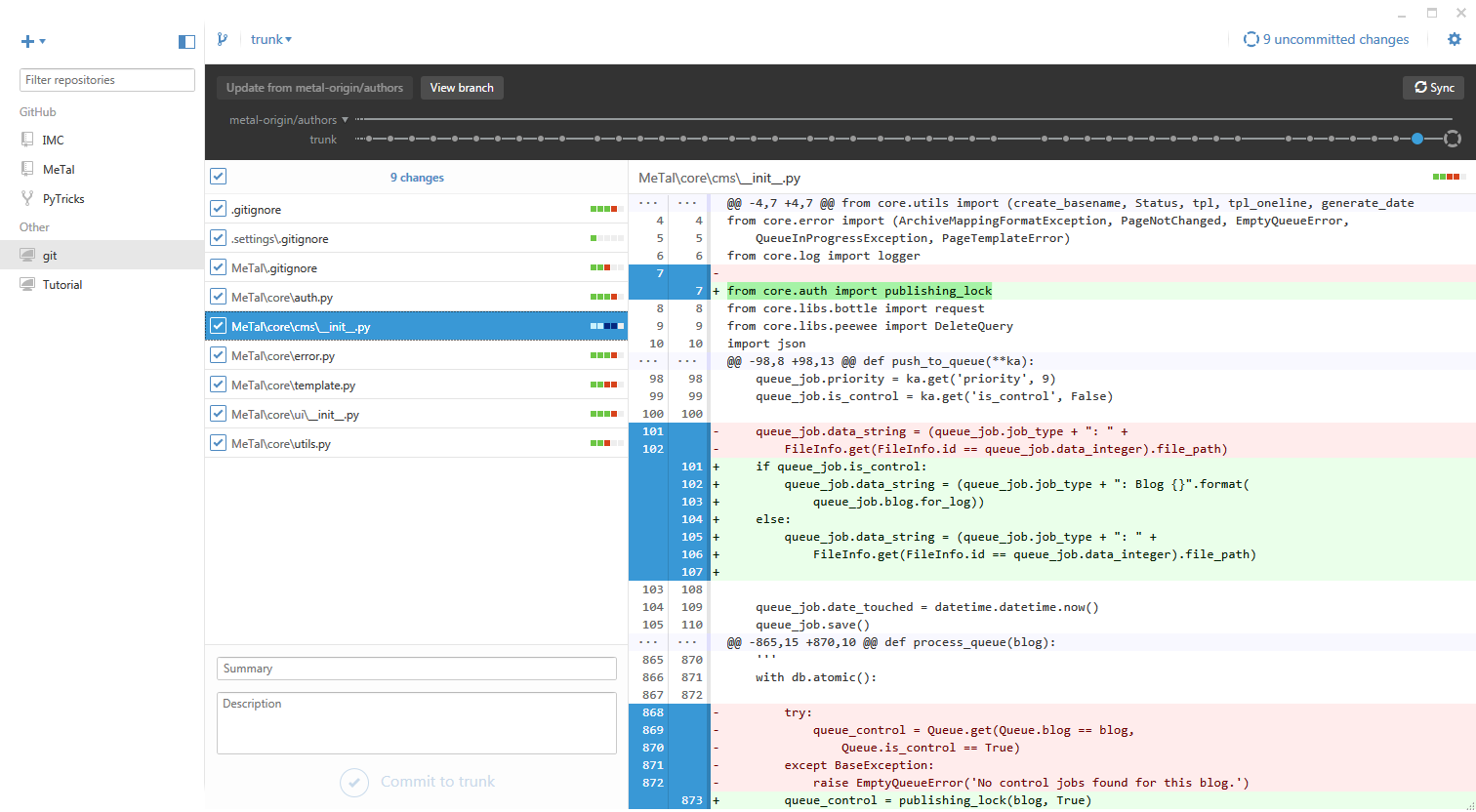

Again, from GitHub’s perspective, this makes sense as GitHub Desktop was purpose built for GitHub users.
#Gitup desktop how to#
While there are articles on how to integrate GitHub Desktop with other services like GitLab and Azure through use of Access Tokens, there is no easily discoverable documentation on how to integrate with those other issue tracking systems. Once created, there is no way to see or track your GitHub Issues locally, though GitHub Desktop does give you the option to open up in the browser and you can manage your issues there. Unfortunately, from the user perspective this is a tad disruptive and causes the user to again context switch. And this makes sense from GitHub’s perspective just direct the user to their awesome existing interface. Admittedly, this is handy when compared to the command line. GitHub, GitLab or Jira Issue Tracking GitKraken ✅ | GitHub Desktop ❌Īs one might expect, GitHub Desktop lets users create GitHub issues, but it does this by opening up in a browser and dropping you on the related screen.

You could even go so far as to only use GitKraken for all your editing needs if you really wanted to. Making minor corrections or additional edits during a merge conflict does not require leaving the tool or your current workflow. GitKraken integrates the Monaco Editor, the same editor found in VS Code. It might not seem like a huge deal at first, but how often have any of us changed to a new window or tab and immediately got distracted into another task? Maintaining your focus in the same tool leads to better results. GitHub Desktop has no built-in editor and requires you to switch back to your IDE and break your workflow rhythm.

The ability to simply fix it, rather than context switch back to your editor can save time and keep you focused on the original task at hand. When you need to fix a small typo or other minor change that needs to be made right before committing, or when you are dealing with a Git merge conflict and realize something else is needed in the code. However, there are a number of cases where having the ability to make changes directly in your files, while in the midst of your Git flow, is very handy. Both the GitKraken Git GUI and GitHub Desktop will let you define your preferred text editor to use when opening a file. Each user is left to their own devices on how to manage team coordination and visibility of issues and pull requests, just as they would be with the CLI.īuilt-in Text Editor GitKraken ✅ | GitHub Desktop ❌Įvery developer has their own preferred IDE, be it Visual Studio Code, Sublime Text, Atom, or even Vim.
#Gitup desktop windows#
GitHub Desktop can help Windows and Mac-and unofficially Linux-users with their basic Git usage, but that is where it ends. With the introduction of our Git teams features in the 7.7.0 release, users have better visibility into how team members are collaborating, down to a view of who is actively editing which files before they are committed. GitKraken strives to be OS-agnostic and give all developers, no matter their preference of desktop, a way to more easily communicate branching strategy, manage Git pull requests and issue queues. Streamlining your team’s workflow means standardizing on a set of best practices, including the tools that make that possible. While Git can be run on any OS, the same is not true of all Git GUIs or other development team productivity tools. There are folks who swear by Linux, while others are die hard macOS fans, and Windows seems eternally popular with many. But just like the CLI, once you start working with multiple branches, more complex workflows, and larger teams and projects, GitHub Desktop requires you to keep a lot of things organized in your head as you are working and is not much help in those areas.Ĭross-Platform Team Consistency GitKraken ✅ | GitHub Desktop ❌ĭevelopers are an opinionated bunch each one with their preferred tool chain and local development setup. For the most common and simplest Git commands, such as Git commit, Git branch, Git checkout, Git pull, Git push, or Git merge, GitHub Desktop does pretty well. And let’s give credit where credit is due GitHub Desktop is a huge step up from the CLI for many users, especially for those who have never touched the terminal before.īut in trying to provide a path around the CLI, GitHub Desktop seems to embrace some of the limitations of the command line, especially around visualizing version history and branch management. In 2017, GitHub redesigned the application and released it as an open source project called GitHub Desktop 1.0. In an attempt to answer this need, they introduced their Git GUI in 2015: GitHub Desktop.
#Gitup desktop code#
A few years back, the GitHub team realized that many of their beginner level users were having issues with learning Git via the command line and getting their code pushed to GitHub.


 0 kommentar(er)
0 kommentar(er)
